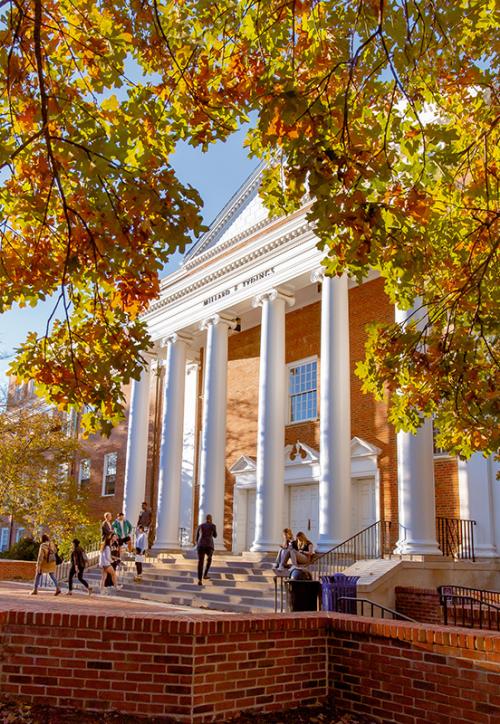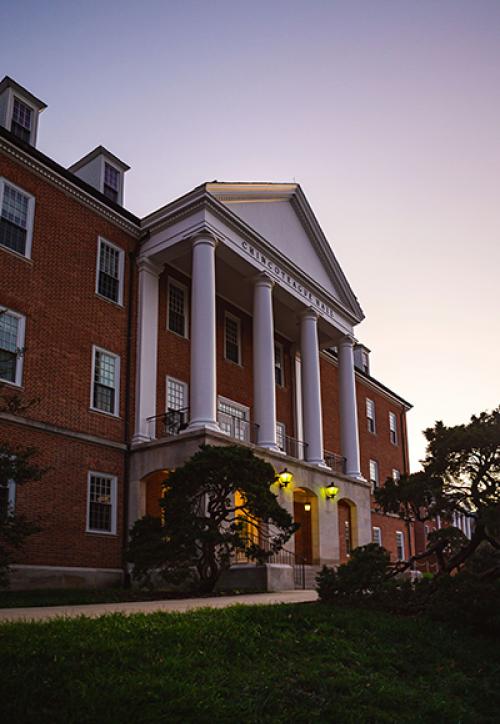Uncovering a Pioneering Town’s Hidden History
Student Excavation Project Offers Clues to Daily Life in County’s Oldest Black Community
The overgrown lot in the small town of North Brentwood, Md. is easy to miss for the thousands of commuters who pass it daily on Rhode Island Avenue heading to and from Washington, D.C. But just under its weedy surface lies a remarkable story waiting to be unearthed—one told through amber glass and 19th century nails, peculiar metal and old coins.
With each shovel of dirt, students from the University of Maryland are hoping to piece together a chronicle of the Henry Randall House, the first residence built in one of the state’s oldest Black incorporated towns, and with it, capture more than a century of daily life marked by emancipation, Jim Crow and the civil rights movement.
Armed with trowels and sifters, students in a summer archeological field school taught by Historic Preservation Postdoctoral Associate Stefan Woehlke Ph.D. ’20 are spending the next four weeks meticulously navigating tangles of tree roots, rocks and decades of compacted dirt to reconstruct the house’s history. Working within three-foot squares, students carefully peel back inches of soil at a time, a layering method that allows them to recover evidence from different eras, rolling back the clock the farther down they dig.
“We have to be really careful,” said Emily Lucie ’23. “If we were just to rip up a root, depending on how deep it goes, it could then pull soil up from lower layers and potentially pull up tiny artifacts with it, which contaminates the timeline.”
The smashed cans, Metro tokens, even jewelry that they find—collectively called diagnostic artifacts— link the layers to time periods discerned by the manufacturing technology used. So, pieces of window glass and a door hinge will help students date the original structure and any later additions to the house, while a pull tab lodged in a layer of asphalt can determine when the driveway was added. Artifacts also offer clues into the activities and behavior of residents: A Danish coin students recovered several inches below the surface hints to possible travel abroad. Compiled with deed records and other historical information, found objects can connect the site to family lines, offer a snapshot into their daily life, and determine how the property changed over time.
“Increasingly, we’re applying archaeological thinking to current-day questions, such as the impact of segregation and disinvestment in Black communities,” Woehlke said. “These physical artifacts connect us with the people who lived in these communities and better understand their experiences.”
Main photo: Olivia Meoni '21 (left) and Rhys Burns '23 excavate near where the 1892 Henry Randall house once stood in North Brentwood, Md. Randall's son's house, built in the same style a year later, stands in the background. Photo by Stephanie S. Cordle.
Published on Wed, Jun 15, 2022 - 10:00AM



